Thinking about buying a diamond? Whether it’s for an engagement ring or fine jewelry, you’ve probably wondered—are lab-grown diamonds as strong as mined diamonds? This is a common question among buyers, and the answer might surprise you. Let’s break it down and compare their strength, durability, cost, and appearance so you can make an informed choice.
Lab-Grown Diamonds: What You Need to Know
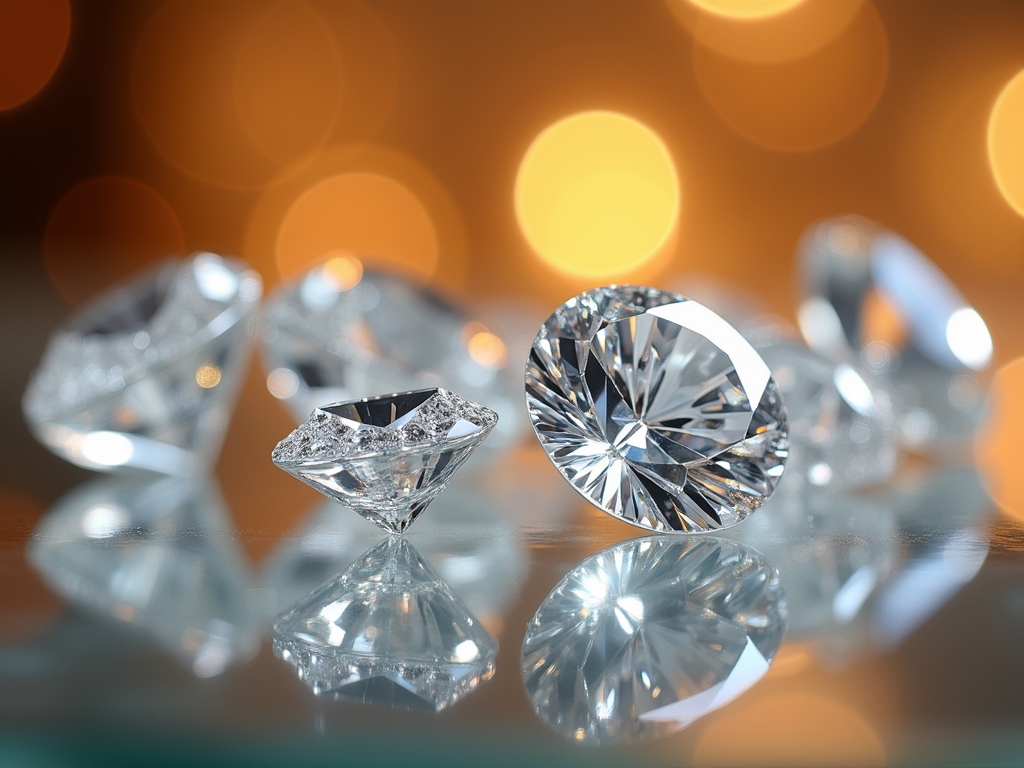
A lab-grown diamond (also called a cultured diamond) is created using advanced technology that mimics how natural diamonds form. The result? A diamond with the same physical, chemical, and optical properties as a mined diamond. Lab-grown diamonds are:
- Eco-friendly – No mining, less environmental impact.
- Conflict-free – Ethically sourced, unlike some mined diamonds.
- More affordable – Costs 30-70% less than mined diamonds.
- Certified & graded – Just like natural diamonds.
Fun fact: Even expert gemologists need specialized tools to tell the difference between lab-grown and mined diamonds!
Are Lab-Grown Diamonds Durable Like Mined Diamonds?
Both lab-grown and mined diamonds share an identical crystal lattice structure, making them equally hard and durable. The primary difference lies in their formation process:
- Mined Diamonds: Formed deep within the Earth’s mantle over billions of years, exposed to extreme heat and pressure, and later extracted through mining.
- Lab-Grown Diamonds: Created in a controlled lab environment in a matter of weeks, using two main methods:
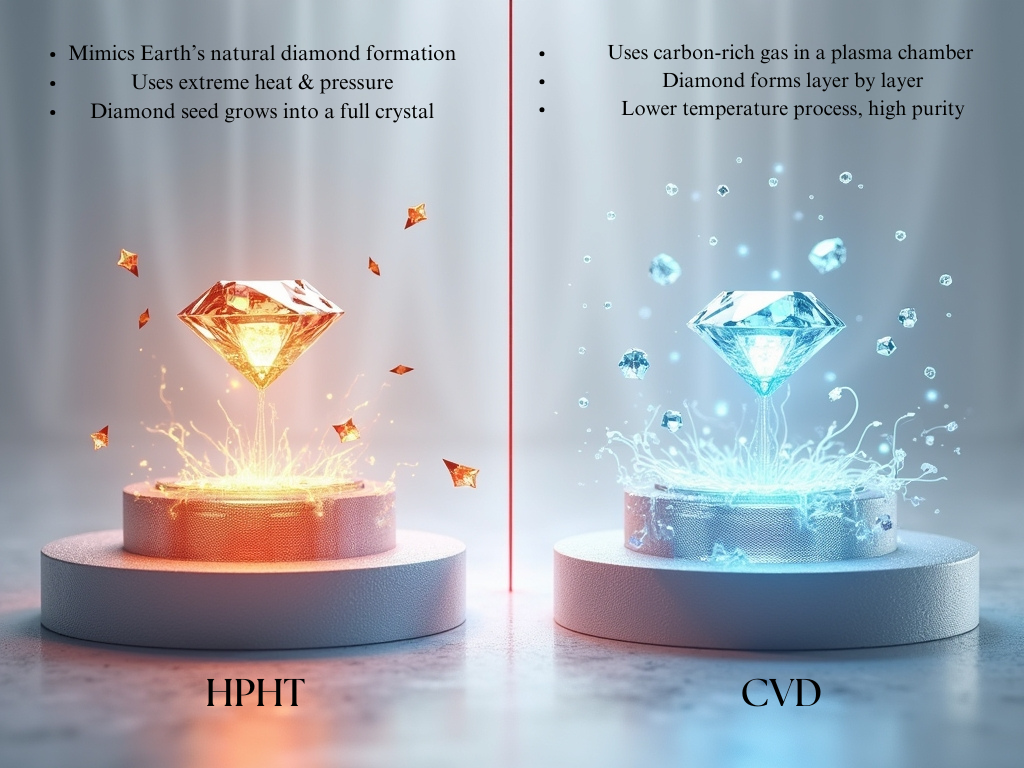
- High Pressure High Temperature (HPHT): A diamond seed is placed in a chamber and subjected to extreme heat and pressure, mimicking natural formation.
- Chemical Vapor Deposition (CVD): A diamond seed is placed in a plasma reactor, where carbon-rich gases break down and bond layer by layer, growing into a full-sized diamond.
Despite these differences in origin, the final product is the same—a 100% real diamond, indistinguishable from a mined one without specialized testing.
[Curious about how large lab-grown diamonds can grow with these methods? Find out in our guide on how big lab grown diamonds can get.]
Strength & Durability: Can Lab Diamonds Last a Lifetime?
- Hardness (Mohs Scale): The Mohs Hardness Scale ranks minerals from 1 (softest) to 10 (hardest) based on their ability to resist scratching. Both lab-grown and mined diamonds score 10/10, making them the hardest known natural material.
- Resistance to Scratches: Since diamonds are at the top of the hardness scale, they can only be scratched by another diamond, ensuring they remain flawless and resistant to daily wear.
- Long-Term Wear: Their extreme durability makes both lab-grown and mined diamonds ideal for engagement rings and heirloom jewelry, lasting for generations without losing their brilliance.
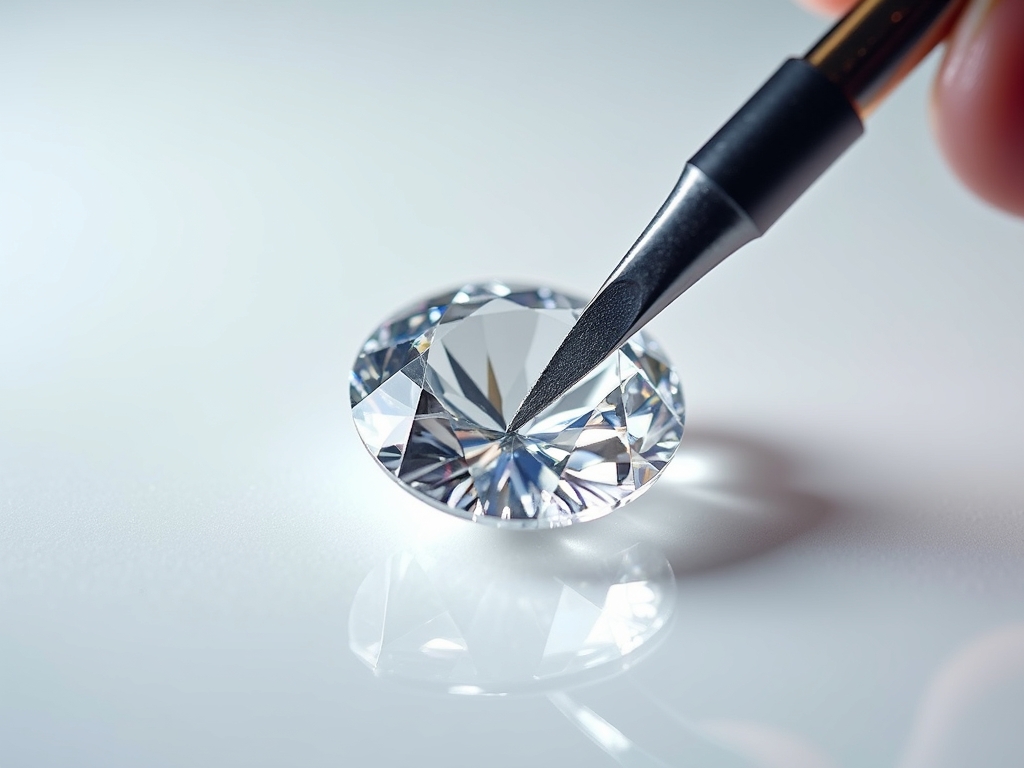
Lab Diamonds vs. Mined Diamonds: Cost & Value
When comparing lab-grown and mined diamonds, price is one of the most significant differences.
- Mined Diamonds: Typically range from $2,500 to $16,000 per carat, depending on quality, cut, and rarity.
- Lab-Grown Diamonds: Offer the same physical and optical properties but cost 30-70% less, making them a more affordable alternative.
Since lab-grown diamonds are created in a controlled environment, they avoid the costs associated with mining, transportation, and rarity-based pricing. This makes them a practical option for those looking for high-quality diamonds without the premium price tag.
Do Lab Diamonds Shine Like Mined Diamonds?
Yes! Lab diamonds have the same brilliance, fire, and sparkle as mined diamonds because they share the same chemical and optical properties.
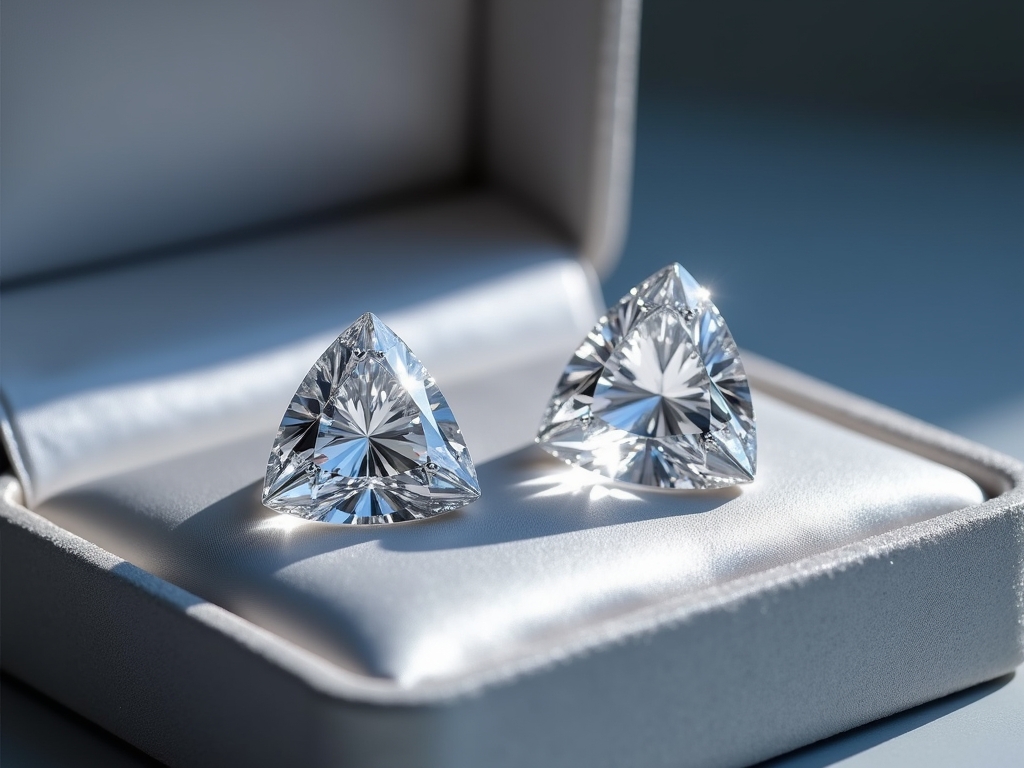
- No cloudiness – Lab diamonds won’t get cloudy over time.
- Passes the diamond tester – Because it’s 100% real crystallized carbon.
- Same fire & brilliance – Light reflects the same way in both types.
Are Lab Diamonds as Hard as Mined Diamonds?
Absolutely! Diamonds—whether lab-grown or mined—are the hardest substance on Earth.
- Mohs Scale Rating: 10/10 – Same as natural diamonds.
- Scratch Resistance: Can only be scratched by another diamond.
- Longevity: Strong enough to pass down for generations.
Why Your Diamond Choice Should Reflect You
Choosing a diamond is more than just picking out a beautiful stone—it’s about selecting a piece that resonates with your values, lifestyle, and future. If you’re someone who appreciates:

- Smart spending: Why pay more for the same sparkle? A lab-grown diamond lets you invest in quality without breaking the bank.
- Sustainability: If protecting the planet matters to you, lab diamonds offer a guilt-free way to shine.
- Personal significance: Whether it’s a lab-grown diamond or a natural diamond, the true value lies in what the ring represents to you.
[For more reasons to choose a lab diamond, read: Reasons to Choose a Lab Grown Diamond Engagement Ring.]
Final Thoughts: What’s Right for You?
At the end of the day, the perfect diamond is the one that speaks to you. Whether you’re drawn to the timeless tradition of mined diamonds or the modern innovation of lab-grown diamonds, what matters most is choosing a stone that makes you feel special.
If you’re still deciding, explore both options—our collection features stunning natural diamonds and ethical lab-grown diamonds, giving you the freedom to find your perfect match.
Explore our full range of natural and lab-grown diamonds here: Diamond Trov


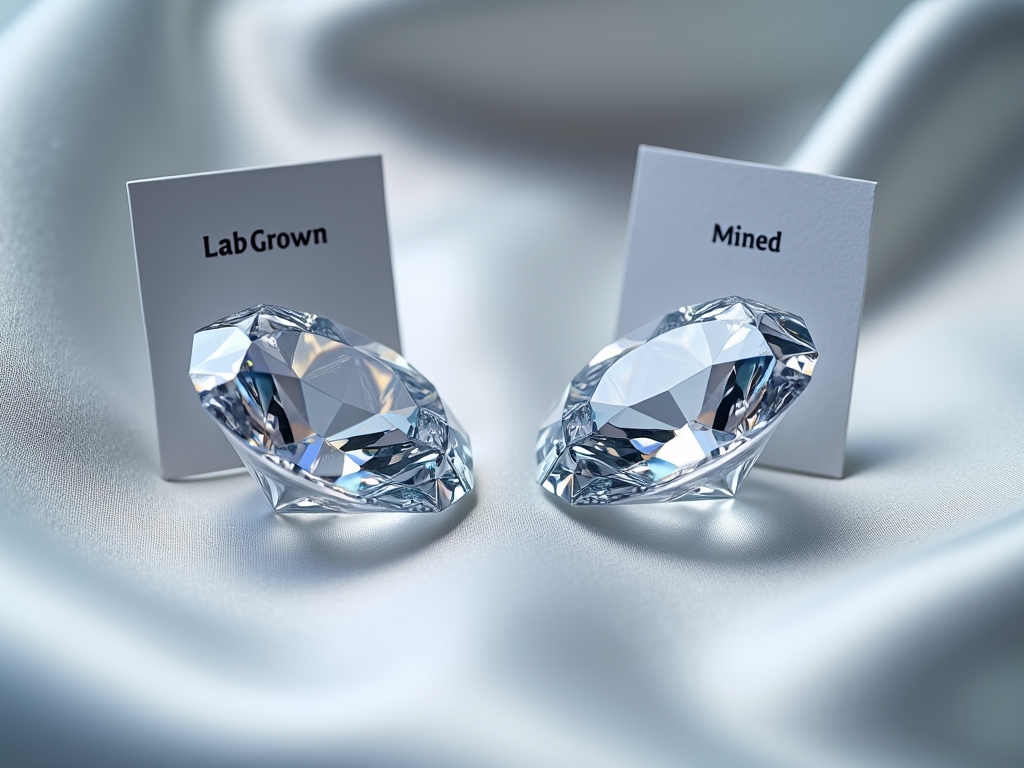
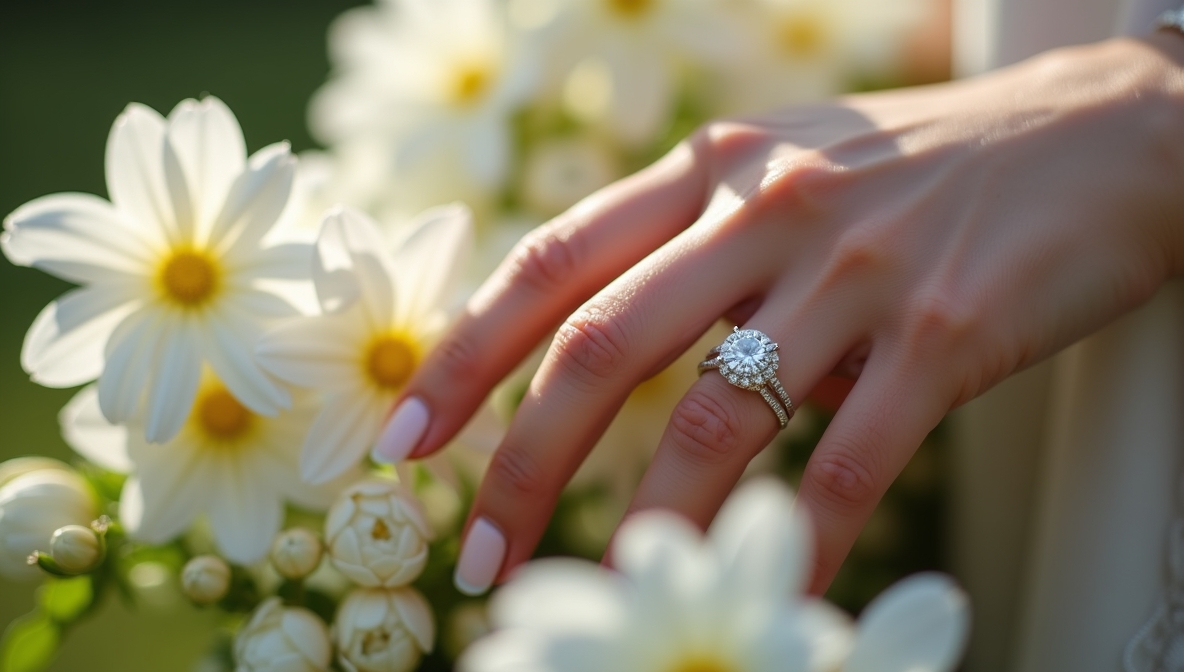
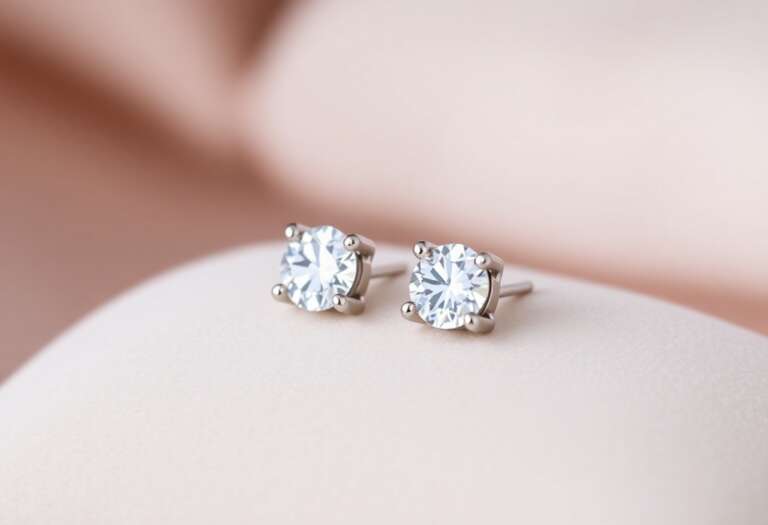
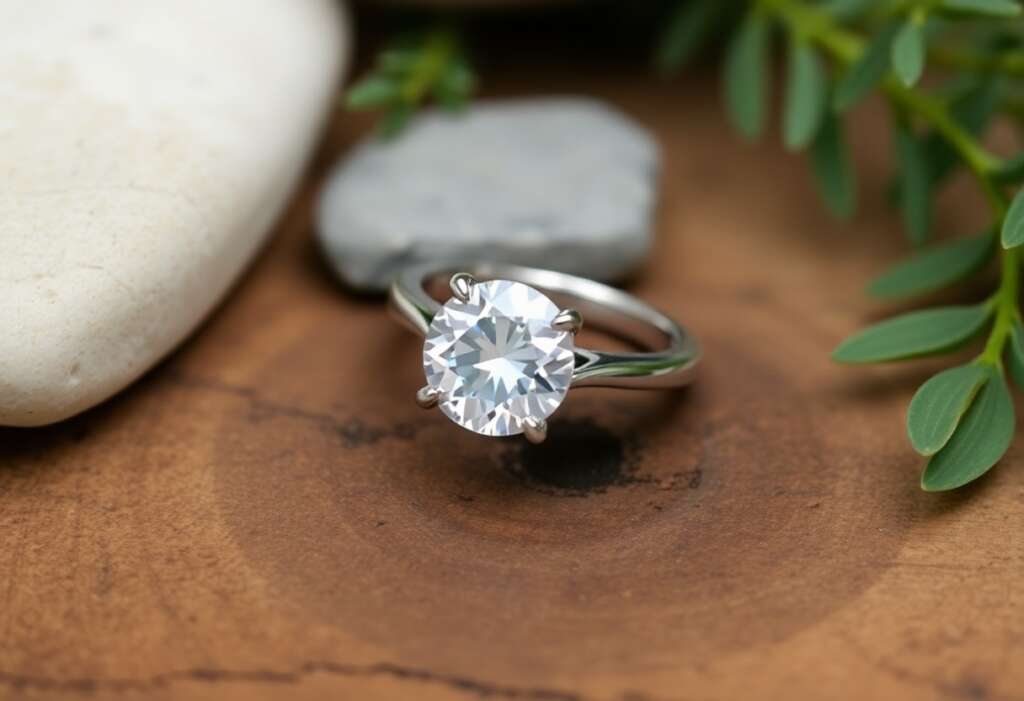
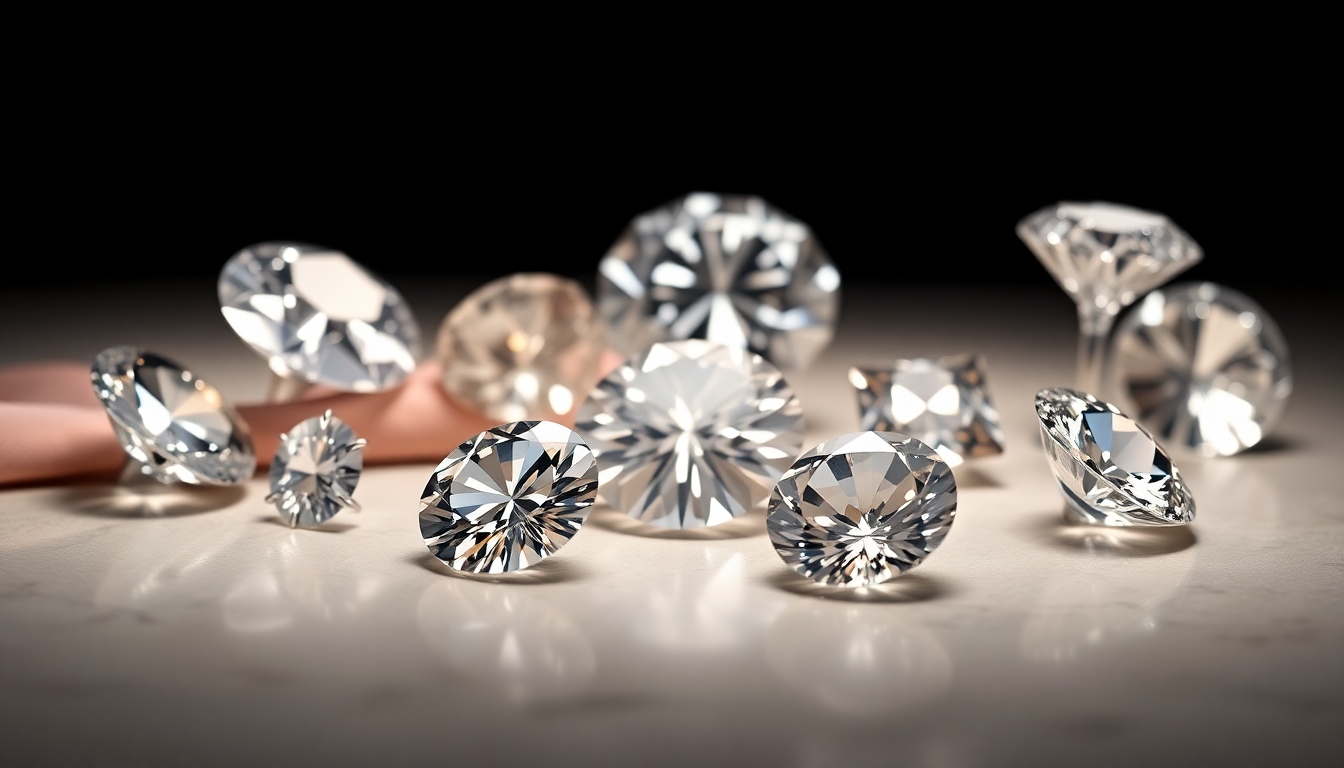
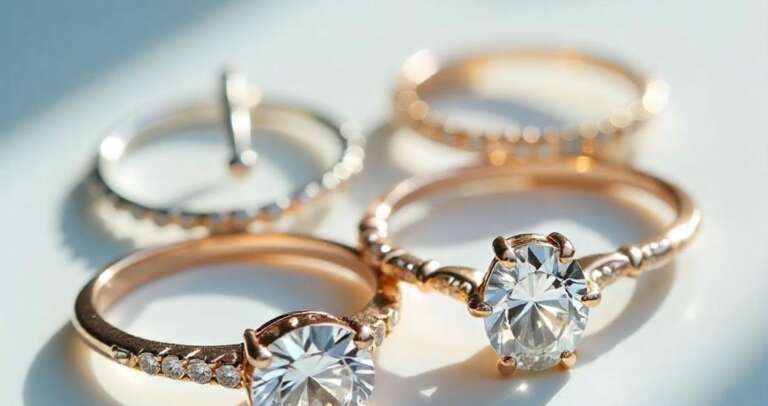
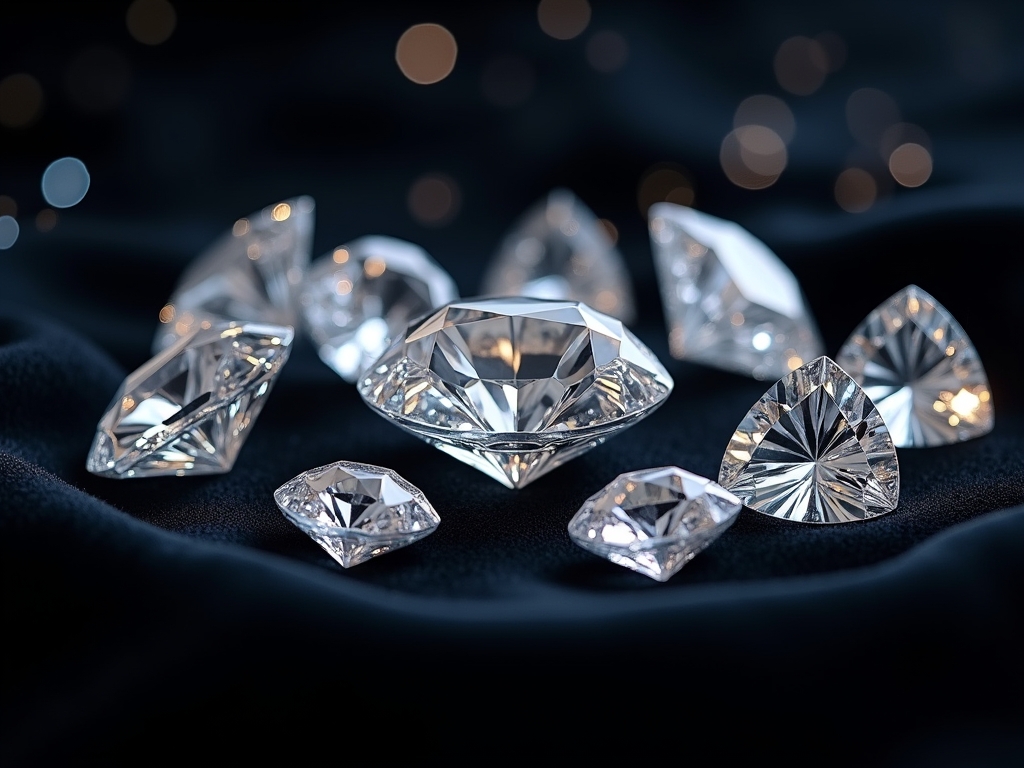
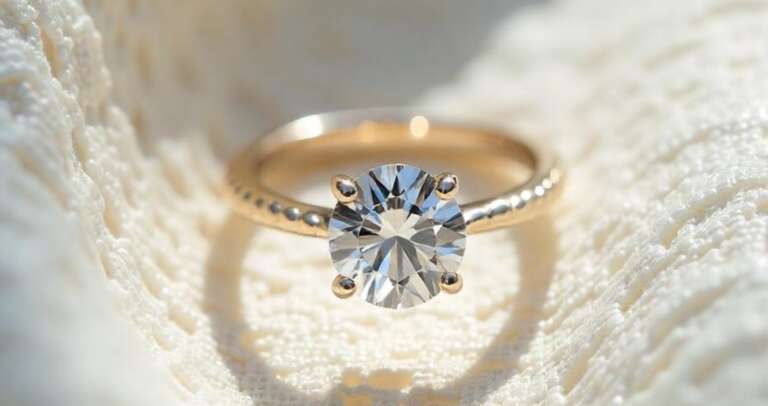
Leave a Comment